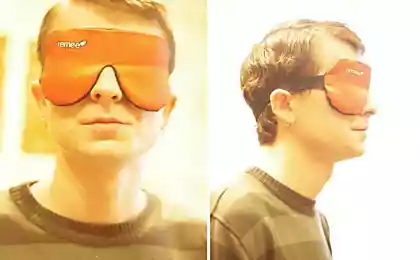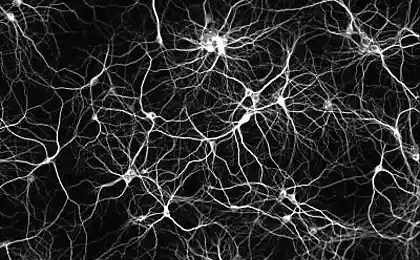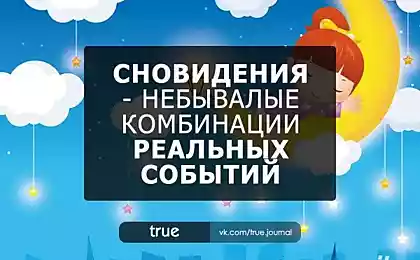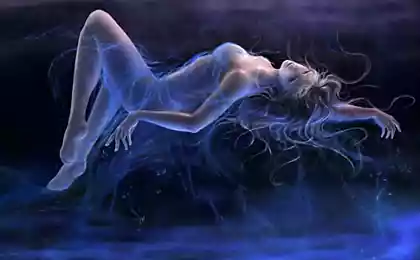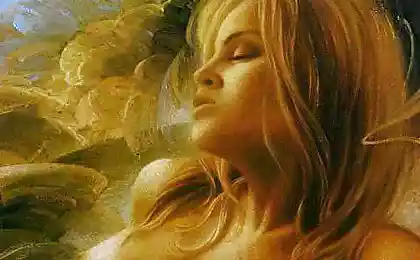517
Japanese scientists will see your dreams
Japanese researchers from the team of Yukiyasu Kamitani (Yukiyasu Kamitani) was subjected to three volunteers pretty grueling test, watching the activity of their neurons during sleep using the electroencephalograph.
The test consisted in the fact that once scientists have discovered the activity that corresponds to the dream, they immediately Wake test subjects, asked about what had — and then gave back to sleep. But not for long: this was repeated 10 times for three hours several nights in total, each volunteer experienced a 7 to 10 such grueling "trenchcoat".
This allowed the scientists to collect data for approximately 200-m dreams, accompanied by visual images. Most of the dreams, of course, more or less consistent with everyday experience, although some of them were quite original — for example, one test subject had a meeting with a movie star.

From verbal descriptions provided by the volunteers, scientists isolate key words and broke out on the 20 most frequent categories: "cars", "men", "women", "computers", and so on.
In the next phase, subjects were shown images in the respective categories, with the help of the scanner recorded the activity of their neurons. The authors identified patterns of activity specific to each case. The main attention was given by scientists to visual cortex areas involved in basic processing of visual signals — estimation of contrast, shape, pattern recognition.
These patterns were compared with data collected at a time, until the monitoring was conducted on sleeping people — nine seconds before they were woken up and told about the dream. The coincidence of patterns allowed with high accuracy to say what dream man at one time or another.

The work confirmed the prevailing view that the dream involved the same visual centers of the brain that work with a normal perception. And that dream remains only in short-term memory: subjects were most accurate to describe him only in the first seconds after waking up, and then quickly forget what they saw.
Source: /users/104
The test consisted in the fact that once scientists have discovered the activity that corresponds to the dream, they immediately Wake test subjects, asked about what had — and then gave back to sleep. But not for long: this was repeated 10 times for three hours several nights in total, each volunteer experienced a 7 to 10 such grueling "trenchcoat".
This allowed the scientists to collect data for approximately 200-m dreams, accompanied by visual images. Most of the dreams, of course, more or less consistent with everyday experience, although some of them were quite original — for example, one test subject had a meeting with a movie star.

From verbal descriptions provided by the volunteers, scientists isolate key words and broke out on the 20 most frequent categories: "cars", "men", "women", "computers", and so on.
In the next phase, subjects were shown images in the respective categories, with the help of the scanner recorded the activity of their neurons. The authors identified patterns of activity specific to each case. The main attention was given by scientists to visual cortex areas involved in basic processing of visual signals — estimation of contrast, shape, pattern recognition.
These patterns were compared with data collected at a time, until the monitoring was conducted on sleeping people — nine seconds before they were woken up and told about the dream. The coincidence of patterns allowed with high accuracy to say what dream man at one time or another.

The work confirmed the prevailing view that the dream involved the same visual centers of the brain that work with a normal perception. And that dream remains only in short-term memory: subjects were most accurate to describe him only in the first seconds after waking up, and then quickly forget what they saw.
Source: /users/104
